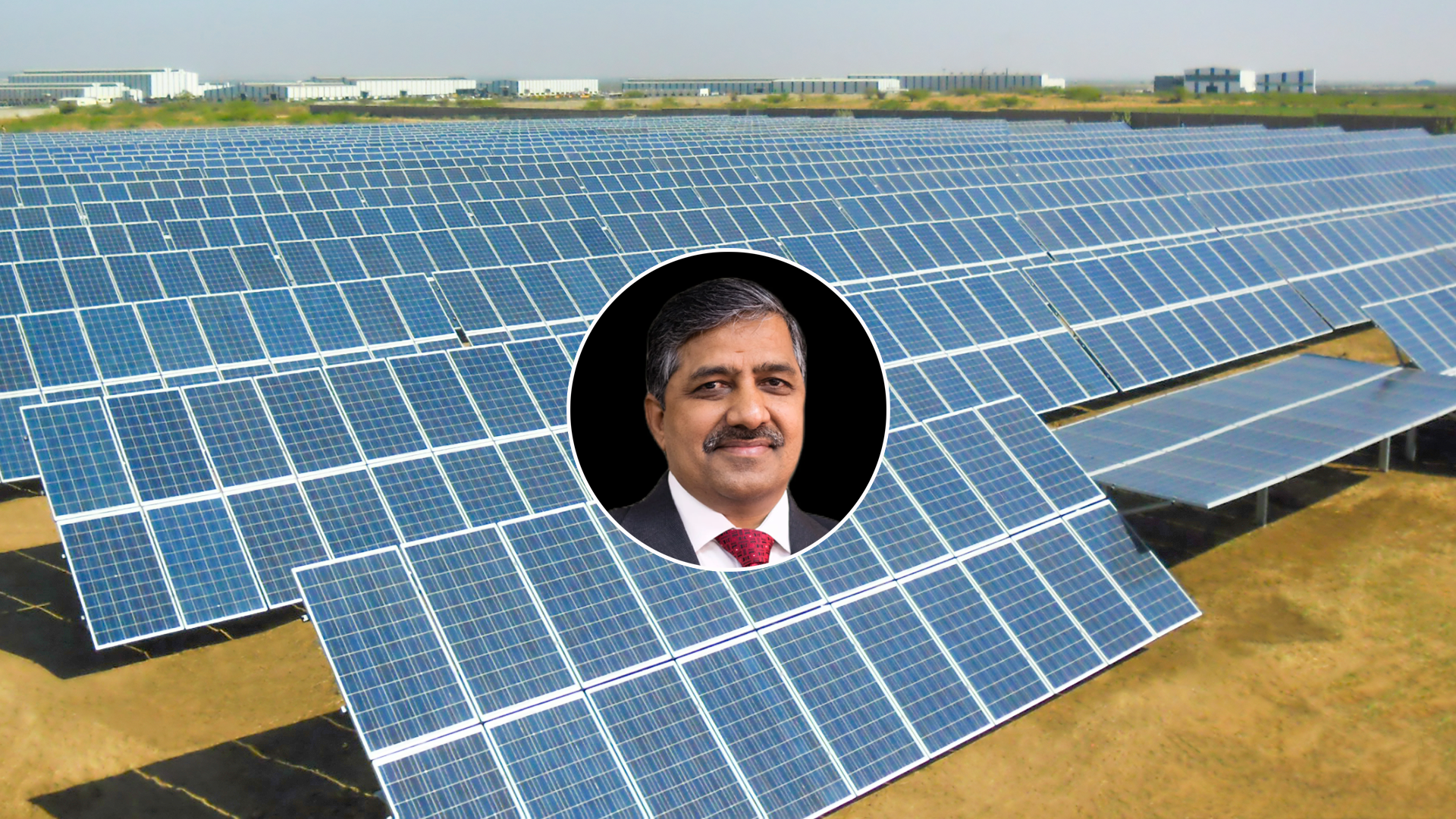This article is authored by BC Tripathi, advisor, Essar Group & board member, Essar Green Mobility, published by Hindustan Times.
India, with over 1.4 billion people, stands at a pivotal moment in its journey to become a developed economy by 2047. Achieving this ambition, while committing to net-zero emissions by 2070, presents the dual challenge of powering rapid growth and decarbonising at scale.
Meeting this challenge requires more than a change in how energy is produced — it demands a fundamental rethinking of how energy policy is designed. This is where technology neutrality becomes critical.
Technology neutrality in the energy sector means setting clear outcomes — such as reducing emissions or enhancing energy security — without prescribing the specific technologies to achieve them. It gives industry and innovators the flexibility to choose the most efficient, context-appropriate solutions, whether that’s solar, wind, hydrogen, nuclear, or cleaner fossil fuels like LNG. The focus shifts from how to achieve sustainability to how best to achieve it — based on economics, feasibility, and local needs.
India’s energy transition is not a distant ambition — it is well underway. The country has set a bold target of 500 GW of non-fossil fuel capacity by 2030, nearly doubling its current base of around 200 GW. This marks a decisive step toward reducing fossil fuel dependence and building a more sustainable energy ecosystem.
Yet, the journey ahead remains complex. Coal still accounts for over 74% of power generation and 55% of the country’s primary energy use. This reliance reflects a reality that cannot be overlooked: energy demand continues to rise sharply, driven by economic growth, rapid urbanisation, and industrial expansion. By 2050, India’s energy needs are expected to increase multi-fold — making it imperative to approach the transition not only with urgency, but also with pragmatism.
Even as India accelerates investments in renewables, fossil fuels — particularly coal, oil, and gas — will continue to play a prominent role in the energy mix over the near to medium term. The International Energy Agency (IEA) indicates projects that coal will remain a key pillar of India’s energy landscape for decades.
Despite the planned retirement of older coal plants, India is expected to add about 60 GW of new coal-fired power capacity by 2030 to meet rising baseload demand and ensure grid stability. As a result, coal-based electricity generation is expected to grow by over 15% by 2035.
These projections reflect a broader truth: energy transitions at this scale are rarely linear. They are shaped by geography, affordability, readiness of alternatives, and societal needs. A transition of this magnitude cannot follow a one-size-fits-all approach. Tailoring solutions to sectoral and regional realities is essential for ensuring both energy security and economic resilience.
Within this evolving energy mix, natural gas — particularly in the form of LNG — offers a pragmatic bridge. It brings much-needed flexibility to the system, supporting grid balancing, peaking power, and integration with intermittent renewables. It also helps decarbonise sectors where zero-emission alternatives remain out of reach.
One such example is India’s heavy-duty trucking sector. With over 4 million trucks already on the roads — a number that continues to grow — road freight remains among the most carbon-intensive segments, contributing an estimated 12–14% of the country’s energy-related CO₂ emissions.
While electric mobility has made impressive progress, battery-powered heavy-duty trucks remain constrained by cost, range, and infrastructure barriers. In this context, LNG offers a near-term solution. The government has set a target to transition a third of the long-haul trucking fleet to LNG by the end of this decade. This move could significantly reduce emissions — with LNG cutting CO₂ by up to 30%, CO by up to 70%, SOx by up to 100%, NOx by up to 59%, and particulate matter by up to 91% compared to diesel.
LNG is not the final destination, but it is a vital and immediate step — one that delivers measurable environmental benefits without compromising economic momentum.
While LNG offers a practical solution for long-haul heavy-duty trucking, electric-powered trucks, with their current capacity and availability, are ideal for short-haul operations. As battery technology advances, electric vehicles will increasingly be able to meet the demands of long-haul trucking as well. In the future, both LNG and electric trucks will coexist, each serving different segments of the freight transport industry to drive sustainability and efficiency.
This is the essence of a tech-neutral approach: enabling cleaner options today while keeping the door open for better technologies tomorrow. Beyond flexibility, technology neutrality also drives innovation through competition. Policies should not prescribe a single path, but instead enable multiple technologies to evolve in parallel — driving breakthroughs in cost, scalability, and performance.
Governments should focus on building system resilience. Solar and wind, while essential, are inherently variable. A diversified portfolio — including firm renewables, energy storage, natural gas, hydrogen, and emerging technologies — is critical for ensuring round-the-clock power, grid reliability, and long-term energy security.
India is not following the path of developed countries that grew first and cleaned up later. It is charting a new course — one that seeks to industrialise and build a future-ready economy that grows and decarbonises simultaneously. Unlike legacy economies that must retrofit sustainable systems, India can integrate clean, efficient technologies from the ground up as it expands capacity.
This isn’t just an opportunity to catch up. It’s a chance to leap ahead — to shape a future-ready economy that grows while it decarbonises.
Technology neutrality doesn’t slow this ambition — it empowers it.
As the world watches India’s energy transformation, one lesson stands out: true leadership lies not in choosing a single path, but in creating the conditions for many paths to succeed. By embracing technology neutrality, India is paving the way toward a cleaner, more resilient, and more inclusive energy future — not just for itself, but for the world.
Source: Hindustan Time















































